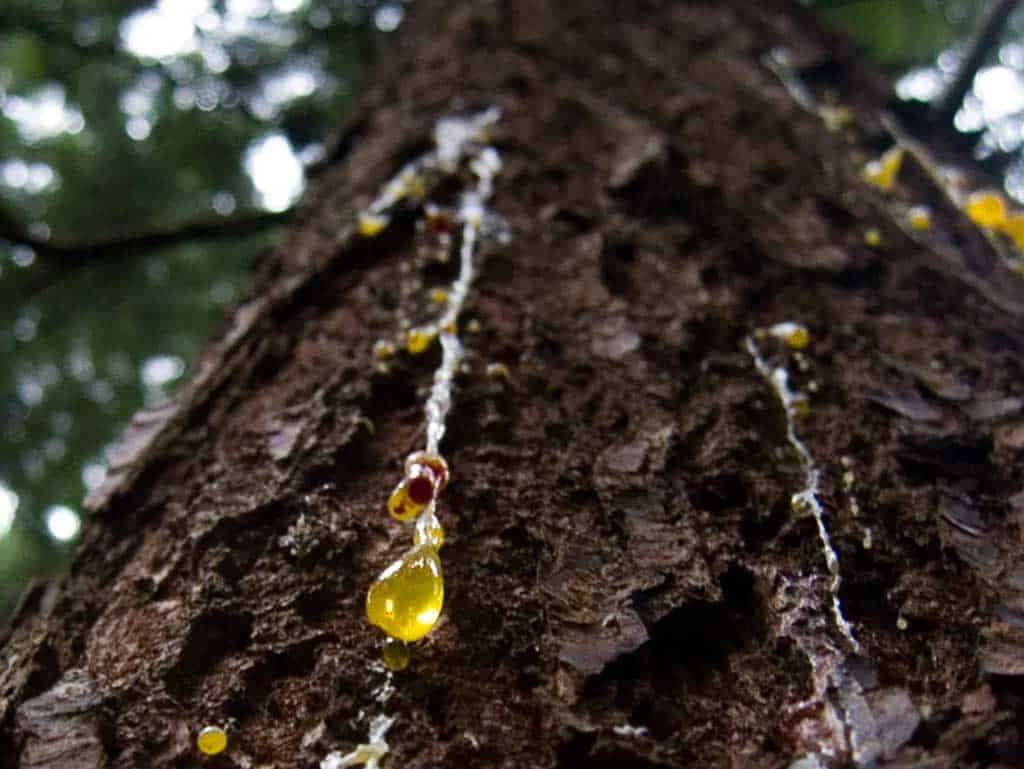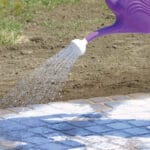This guide provides a comprehensive approach to removing tree sap from your car’s paint without causing any damage. From simple solutions to tackling hardened sap, we’ll cover everything you need to know to restore your car’s shine.
Quick Sap Removal: Easy Solutions
Dealing with fresh tree sap is often straightforward. A little patience and the right approach can save you time and effort.
1. Soapy Water: The First Line of Defense
For fresh sap, a simple solution of warm water and car wash soap (designed for cars) might be all you need. Gently wash the affected area with a microfiber cloth, using small, circular motions. Rinse thoroughly and dry. If the sap is gone, you’re all set!
2. Isopropyl Alcohol (IPA): A Targeted Approach
If soapy water doesn’t do the trick, isopropyl alcohol (IPA) is a likely next step. A 70% solution is generally effective, while 90% offers extra power for more stubborn sap. Always test on a small, inconspicuous area first. Soak a clean microfiber cloth with the IPA and gently blot the sap. Avoid rubbing, which could damage the paint.
3. Commercial Sap Removers: Designed for the Task
For particularly persistent sap, commercial sap removers offer a specialized solution. They’re formulated to dissolve sap without harming your car’s finish. Some popular choices include:
| Product Name | Benefits | Considerations |
|---|---|---|
| Gtechniq W7 Tar and Glue Remover | Effective on various sticky residues, generally easy to use | May be more expensive than DIY alternatives |
| Greased Lightning Bug Buster | Versatile, works on sap, bugs, and bird droppings | May require re-waxing |
| Simoniz Tar Sap & Glue Remover | Formulated for tough sap and glue | Follow product instructions carefully |
Always follow the manufacturer’s instructions. These specialized products are often highly effective.
Are you battling unsightly white stains on your brick or concrete? Discover the magic of an efflorescence remover and restore your surfaces to their pristine beauty.
Conquering Hardened Sap: Advanced Techniques
Hardened sap requires a more strategic approach, focusing on softening the resin before removal.
1. The Softening Strategy
Soften hardened sap by soaking a clean cloth in warm (not hot) water, placing it over the sap, and covering it with plastic wrap to trap moisture. Leave it for about 30 minutes. This helps loosen the sap’s grip, making removal easier.
2. Choosing Your Weapon: Sap Removal Methods
Several methods can tackle hardened sap, each with its own advantages and disadvantages:
- Isopropyl Alcohol (70%): Readily available and generally effective. Test on a hidden area first. Dab onto the sap, let it sit, and gently wipe.
- WD-40: Can penetrate and soften sap, but may affect car wax or sealant. Spray, wait, and wipe gently.
- Degreaser: Powerful cleaning agent, but use with caution as it can potentially harm some paints. Test first, apply, wait briefly, and wipe gently.
- Commercial Sap Removers: Formulated for sap removal, often highly effective. Follow manufacturer’s instructions.
| Sap Remover | Pros | Cons |
|---|---|---|
| Isopropyl Alcohol (70%) | Readily available, inexpensive, generally safe for car paint | May require multiple applications |
| WD-40 | Multi-purpose, effective on sap, readily available | Can affect car wax or sealant |
| Degreaser | Strong cleaning power, effective on stubborn sap | Potential to harm some sensitive paint types |
| Commercial Sap Remover | Formulated specifically for sap removal, often highly effective | Can be more expensive than household solutions |
3. Gentle Persuasion: The Art of Sap Removal
Regardless of your chosen method, patience and a gentle touch are crucial. Avoid aggressive scrubbing, which can scratch the paint. Use gentle, back-and-forth motions with a soft microfiber cloth.
4. Post-Sap Spa Treatment: Restoring Your Car’s Shine
After removing the sap, wash the area with soap and water, dry thoroughly, and apply a car wax or sealant. This protects your paint and restores shine.
Preventing the Sticky Situation: Proactive Measures
The easiest way to deal with tree sap is to avoid it altogether. Park away from trees whenever possible or use a car cover. Regular washing can prevent sap from hardening. A good car wax or sealant provides a protective layer.
Addressing Specific Concerns: WD-40 and Choosing the Best Product
This section delves into specific questions about using WD-40 and selecting the optimal sap remover.
WD-40: A Cautious Approach
While WD-40 might help soften sap due to its lubricating properties, it’s not specifically designed for car paint. Use with extreme caution. Test in an inconspicuous area first. If used, apply sparingly, wait briefly, wipe gently with a microfiber cloth, and then wash and wax the area. Safer alternatives exist, such as dedicated sap removers or isopropyl alcohol.
The Best Sap Remover: A Tailored Approach
The “best” sap remover depends on the sap’s hardness and your car’s paint. For fresh sap, soapy water may suffice. For hardened sap, isopropyl alcohol, dedicated sap removers, or even home remedies like olive oil (followed by thorough cleaning) might be effective. Always test in a hidden area first.
For those pesky fungus gnats fluttering around your houseplants, learn how fungus gnats hydrogen peroxide can be a simple yet effective solution.
Remember:
- Microfiber is key: Always use microfiber cloths to prevent scratching.
- Test before you treat: Test any product on an inconspicuous area first.
- Patience is a virtue: Gentle removal is more effective than forceful scrubbing.
- Prevention is the best cure: Avoid parking under trees or use a car cover.
By following these guidelines, you can effectively remove tree sap from your car without damaging the paint, keeping your vehicle looking its best.
- Ed Gein Crime Scene Photos: A Descent into Madness - November 24, 2024
- Jacqueline Emmer: The Woman Behind Congressman Tom Emmer’s Success - November 24, 2024
- Gerald Pfohl Seeks Riverside County Superior Court Judgeship - November 24, 2024















